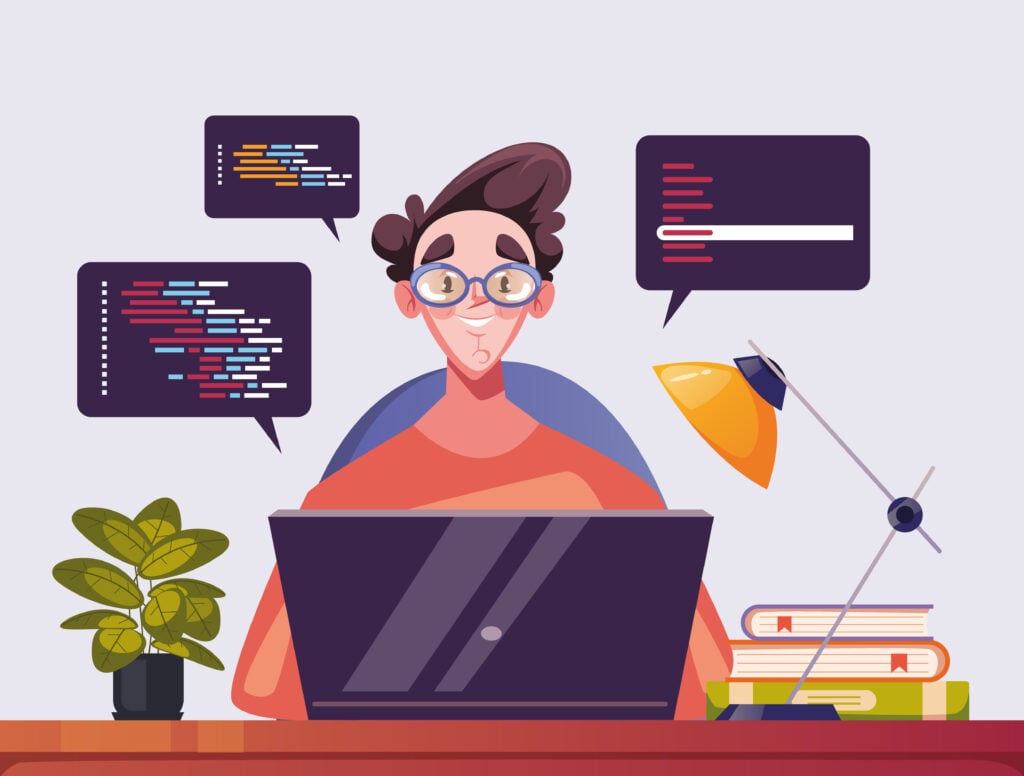To become a Python developer, mastering the basics is crucial. Take note of the following details to gain a solid understanding of the Learn the Basics of Python.
About Python Org

Get started learning Python with DataCamp’s free Intro to Python tutorial. Learn Data Science by completing interactive coding challenges and watching videos by expert instructors. Ready to take the test? Head onto LearnX and get your Python Certification! This site is generously supported by DataCamp. DataCamp offers online interactive Python Tutorials for Data Science.

Why Python?
Python, a programming language known for its simplicity, readability, and versatility, has gained immense popularity in the last decade. Its high-level nature makes it a go-to language in various fields such as data science, machine learning, web development, artificial intelligence, scientific computing, and beyond.
Why Python is used for?
Python ranks as the world’s third most popular programming language, based on the TIOBE index that measures its popularity. Java and C take the top two spots. There are numerous factors contributing to Python’s widespread use.
- User Friendly: Python is a great language for beginners to learn coding and programming. It’s easy to learn and build your skills from the ground up.
- Easy and Simple Syntax. Python has an easy-to-read syntax that resembles English, making it easier to understand. Its simple layout allows for easy identification of the function of each line of code.
- Strong build-up community: Python is a free language with a helpful community that adds libraries and features.
- Adaptable: Python is an incredibly versatile language with many applications. No matter what your area of focus may be, whether it’s data visualization, artificial intelligence, or web development, this language can cater to your needs and provide solutions for your specific requirements.
Features of Python
- Dynamic Typing: Python is dynamically typed, meaning variable types are determined at runtime. You don’t need to declare the variable type explicitly, making the code more flexible.
- Interpreted: Python is an interpreted language, allowing developers to execute code directly without requiring a separate compilation step. This makes it easy to test and debug code interactively.
- Object-Oriented: Python supports object-oriented programming (OOP) principles, allowing developers to create and use classes and objects, encapsulation, inheritance, and polymorphism.
- High-level Language: Python abstracts away low-level details, providing a higher level of abstraction, making it more concise and easier to work with.
- Cross-platform: Python code can run on various platforms (Windows, macOS, Linux, etc.) without modification as long as the required interpreter is installed.
- Integration and Extensibility: Python can easily integrate with other languages like C and C++, allowing developers to optimize performance-critical sections of code while enjoying the simplicity of Python for the rest.
- Open Source: Python is an open-source language, meaning the source code is freely available for anyone to use, modify, and distribute.
- Batteries Included: Python philosophy emphasizes “batteries included,” which means the language comes with a rich standard library that provides a wide array of modules for diverse functionalities.
- Dynamically Growing Ecosystem: Python’s popularity has led to a thriving ecosystem with numerous third-party packages and frameworks available through the Python Package Index (PyPI).
Learn the Basics of Python
- Hello, World!
- Variables and Types
- Lists
- Basic Operators
- String Formatting
- Basic String Operations
- Conditions
- Loops
- Functions
- Classes and Objects
- Dictionaries
- Modules and Packages
For More Info – JOB POST: Backend Python Developer at IBM Kochi, Kerala [3 Years Exp; Salary Upto Rs. 7 LPA]: Apply Link is Here!

